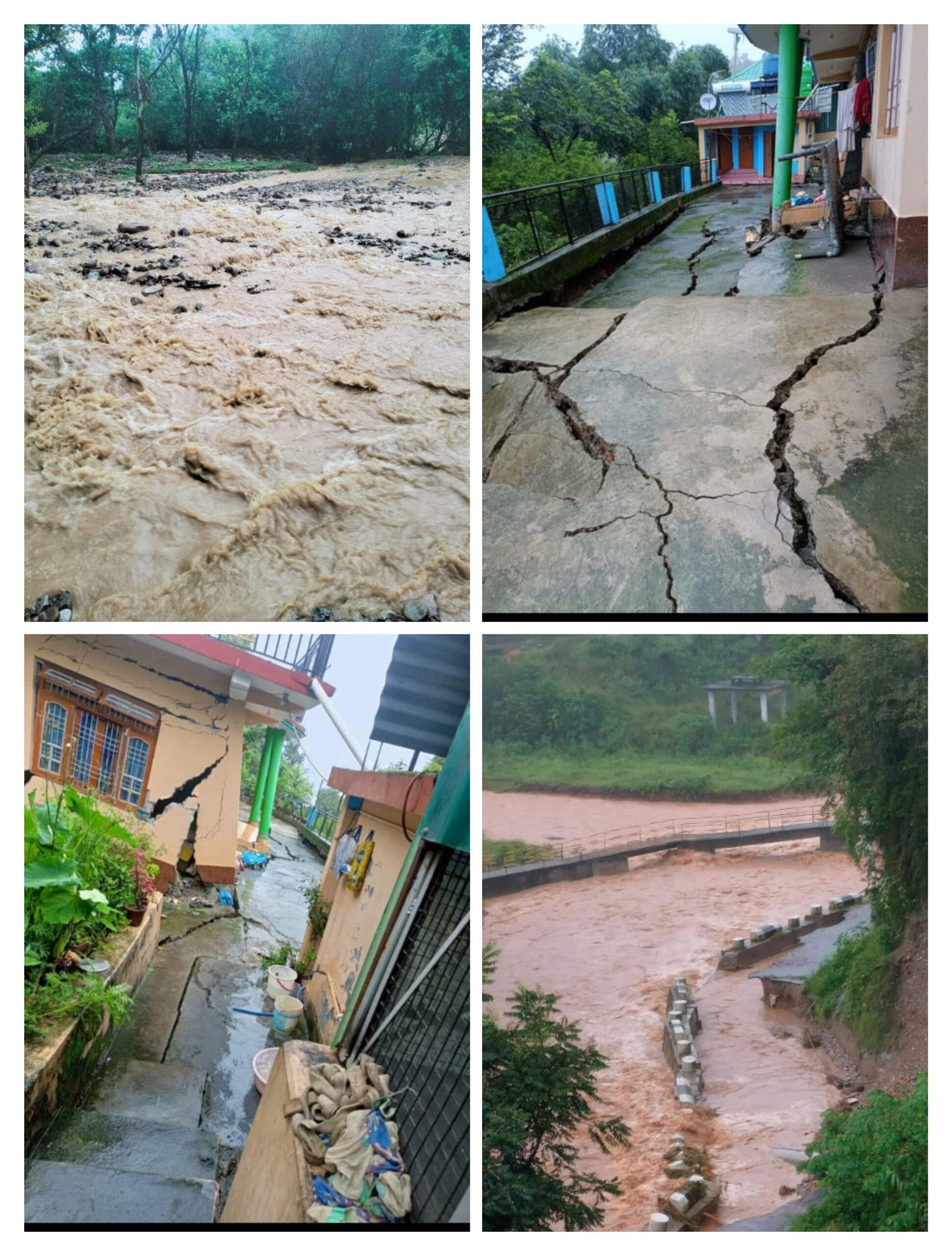
Introduction:
Himachal Pradesh, a state known for its natural beauty, snow-capped
Himalayas and exquisite landscapes, attracts millions of national and
international tourists every year. However, the state is now caught in a
continuous cycle of landslides, cloudbursts and flash floods. This year, at
least 246 deaths have been reported because of natural disasters and accidents
during the monsoon season, as compared to 161 monsoon deaths last year.
According to the Himachal Pradesh State Disaster Management Plan on climate
change, the patterns of temperature and rainfall are changing in the state and
these have increased the frequency and intensity of extreme climatic events,
such as riverine and flash floods, drought, avalanche, cloud bursts, landslides
and forest fires. The average mean surface temperature of the state has risen
by about 1.6 degrees Celsius in the last century.
The snow cover of the Himalayas in Himachal Pradesh that feeds four major
river systems is down by 18% in a year.
Scientists believe that rise in temperature coupled with environmental
degradation will also result in the rapid depletion of glaciers, an important
reservoir of fresh water. With Himachal Pradesh slated to lose 79%-87% of its
glaciers by the century-end due to rise in temperature, environment experts and
scientists across the country have expressed serious concern over the impact of
climate change in the Himalayan ranges.
Causes of impact of climate changes:-
1:-Greenhouse Gases: Pollution from cars, factories, and more releases gases that trap heat in the air, warming the planet.
2:-Deforestation: Cutting down forests reduces the Earth’s ability to absorb carbon dioxide, a key greenhouse gas.
3:-Burning Fossil Fuels: Using coal, oil, and gas for energy produces more greenhouse gases, worsening global warming.
4:-Melting Ice: Rising temperatures melt ice and glaciers, leading to rising sea levels that flood coastlines.
5:-Ocean Acidification: Excess carbon dioxide is absorbed by oceans, making them more acidic and harming marine life.
6:-Extreme Weather: Climate change intensifies storms, droughts, and heatwaves, causing damage to communities.
7:-Loss of Biodiversity: Changing climates disrupt ecosystems, endangering plant and animal species.
8:-Water Scarcity: Altered rainfall patterns lead to water shortages in some areas, affecting agriculture and communities.
9:-Heat Stress: Rising temperatures pose health risks, especially to vulnerable populations in hot regions.
10:-Economic Impact: Climate-related disasters strain economies due to damages and costs for recovery and adaptation.
Here are some steps to help overcome the challenges of climate change:
1:-Save energy: Use energy-efficient appliances and turn off lights and electronics when not in use.
2:-Reduce, Reuse, Recycle: Minimize waste by recycling and using reusable items.
3:-Drive less: Use public transport, carpool, bike, or walk instead of driving alone.
4:-Conserve water: Fix leaks and use water wisely, like shorter showers and full laundry loads.
5:-Plant trees: Trees absorb carbon dioxide and help combat climate change.
6:-Eat sustainably: Choose local and plant-based foods to reduce carbon footprint.
7:-Use less plastic: Avoid single-use plastics and opt for reusable alternatives.
8:-Support renewable energy: Invest in or use solar, wind, or hydroelectric power.
9:-Educate and advocate: Spread awareness and encourage policies that address climate change.
10:-Adapt and prepare: Plan for changes like extreme weather and rising sea levels.

